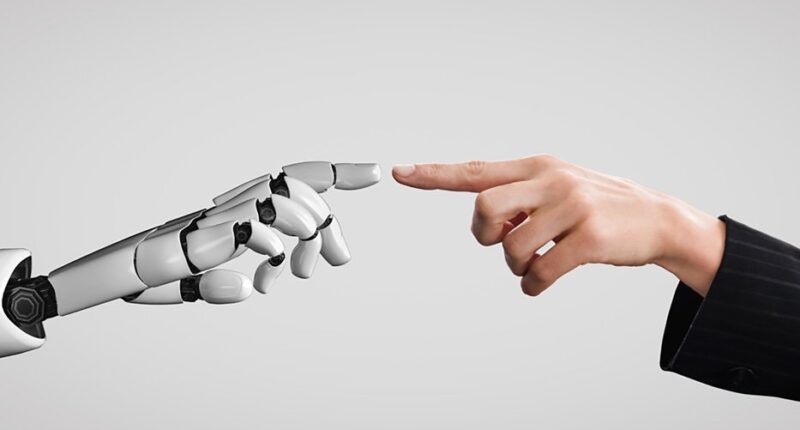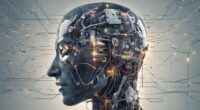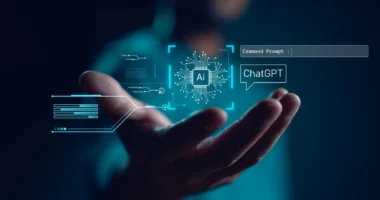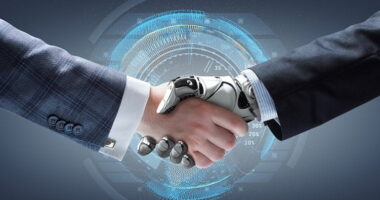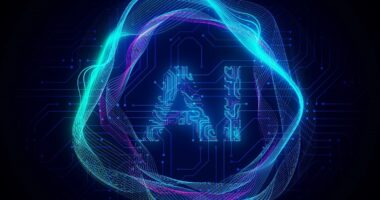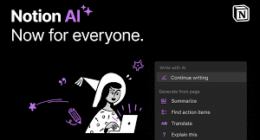7 Exciting Innovations in AI Robotics
Artificial intelligence and robotics are reshaping the world around us. From healthcare to manufacturing, AI-powered robots are revolutionizing how we work, live, and interact. In 2025, several innovations in AI robotics are particularly noteworthy, combining cutting-edge technology with practical applications. Here’s a closer look at seven of the most exciting developments.
1. Autonomous Delivery Robots
Efficient Last-Mile Delivery
Autonomous delivery robots are changing how goods are transported in urban areas. Companies are deploying AI-powered robots that can navigate streets, avoid obstacles, and deliver packages directly to consumers, reducing delivery times and costs.
Smart Navigation Systems
These robots use machine learning algorithms, LIDAR, and real-time mapping to adapt to complex environments, ensuring safety and reliability.
2. Collaborative Industrial Robots
Enhanced Manufacturing
Cobots, or collaborative robots, are designed to work alongside humans on production lines. They handle repetitive or hazardous tasks, improving efficiency while reducing workplace injuries.
Adaptive AI Control
AI enables cobots to learn from human actions and adjust their behavior in real-time, making them more flexible than traditional industrial robots.
3. Medical and Surgical Robots
Precision Surgery
AI robotics are transforming healthcare with surgical robots capable of precise movements, reducing recovery times and surgical errors.
AI Diagnostics
Robots are also assisting in diagnosis and patient monitoring, using AI algorithms to analyze medical data for early detection of diseases.
4. Humanoid Social Robots
Personal Companions
Humanoid robots are being developed to assist the elderly, provide companionship, or support education. They interact naturally, using speech recognition and emotional AI to respond appropriately.
Learning Capabilities
Advanced AI allows these robots to learn from interactions, improving communication and adapting to user preferences over time.
5. Swarm Robotics
Coordinated Multi-Robot Systems
Swarm robotics uses multiple AI-powered robots working together to accomplish tasks efficiently, inspired by social insects like ants or bees.
Applications in Exploration
Swarm robots are particularly useful in search-and-rescue missions, environmental monitoring, and space exploration, where coordinated action is crucial.
6. Agricultural Robotics
Precision Farming
AI robots are transforming agriculture with automated planting, harvesting, and crop monitoring. These robots use sensors and AI to optimize yields and reduce resource waste.
Sustainable Practices
Robotic innovations help farmers apply fertilizers and pesticides precisely, reducing environmental impact while increasing productivity.
7. Autonomous Transportation Robots
Self-Driving Vehicles
AI-powered self-driving cars and trucks are increasingly becoming a reality. These robots use sensors, cameras, and AI algorithms to navigate roads safely and efficiently.
Traffic Management
Integration with smart city infrastructure allows autonomous vehicles to communicate with traffic systems, reducing congestion and improving road safety.
Conclusion
The field of AI robotics in 2025 is marked by innovation, adaptability, and real-world impact. From autonomous delivery robots to humanoid companions, these advancements are improving efficiency, safety, and quality of life across multiple industries. As technology continues to evolve, AI robotics will play an even greater role in shaping the future, making it an exciting area for students, professionals, and tech enthusiasts alike.
